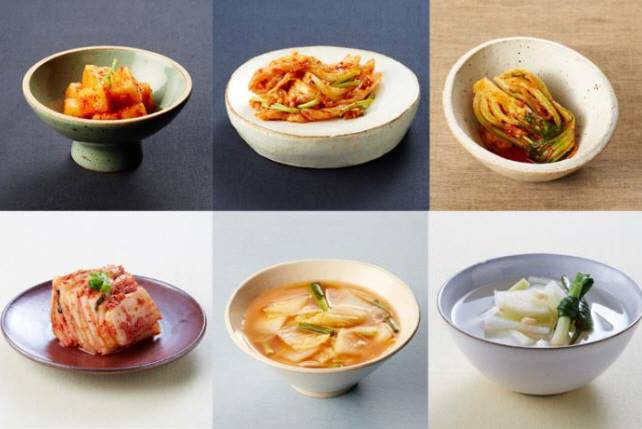Kimchi
Kimchi
is a Korean dish made from a fermented preparation whose basic ingredient is
Asian cabbage; there are also other recipes in which ingredients such as
radishes or cucumbers are used, among other vegetables, which are commonly
accompanied by pepper or ground red chili , garlic , onions or other
combinations according to different geographical areas in Korea.
It
is present in the daily life on the table of Koreans and is consumed in both
North Korea and South Korea.
-History of kimchi -
origin
of kimchi dates back to at least the early Three Kingdoms period (37 BCE - 7
CE). Fermented foods were widely available, as the Records of the Three
Kingdoms, a Chinese historical text published in 289 AD, mentions that the
‘Goguryeo people’ (referring to the Korean people) are skilled in making
fermented foods such as wine, soybean paste, and salted and fermented
fish" in the section called ‘Dongyi’ in the Book of Wei.
‘Samguk
Sagi’, a historical record of the Three Kingdoms of Korea, also mentions the
pickle jar used to ferment vegetables, indicating that fermented vegetables
were commonly eaten during this time. During the ‘Silla dynasty’ (57 BC - 935
AD).
-Types
of kimchi-
1)The
types of kimchi can be divided into 'ordinary kimchi' and 'water kimchi'.
‘Ordinary Kimchi’ is spicy and ‘Water Kimchi’ is not spicy and has clear broth.
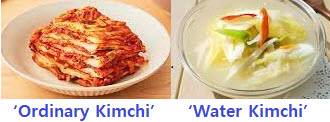
2)The
types of 'Kimchi' are divided into several types depending on the vegetables
used as the main ingredient. Typically classified as ‘Kimchi’ and ‘Kakdugi’.
We generally say ‘Kimchi’ made with ‘Asian Cabbage Kimchi’ and we say ‘Kakdugi’ made with ‘Radish White’.

3)In addition, there are hundreds of types of Kimchi depending on the main and sub ingredients.
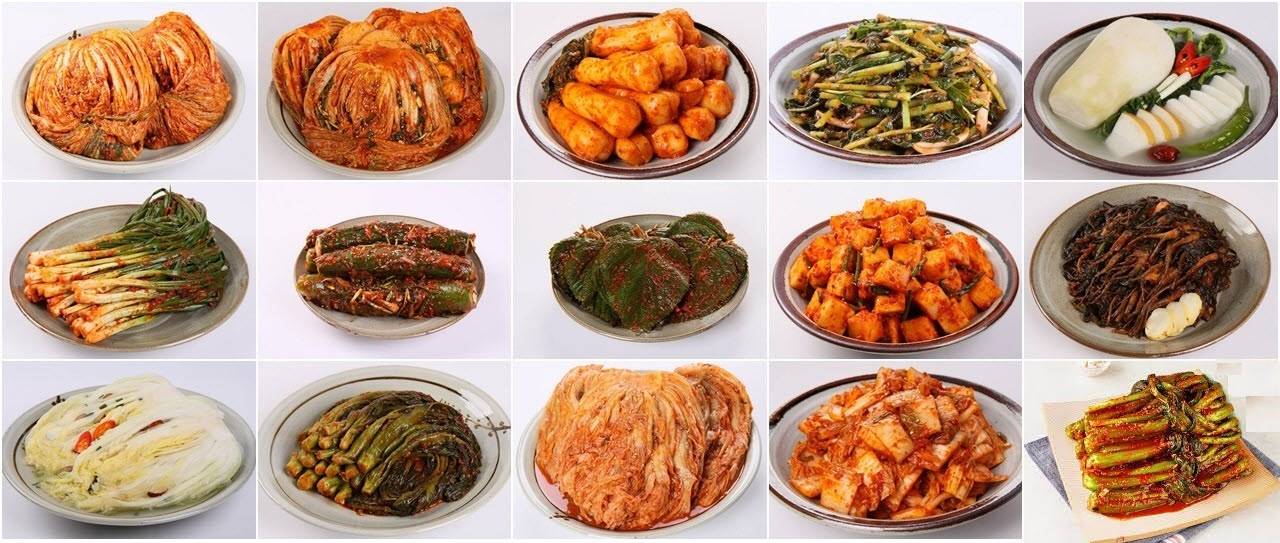
*Kimchi
can retain its flavor for more than a year depending on the storage method.
In
the past, they were stored the cool ground in a big jar.
But now a special
'Refrigerator for Kimchi' has been developed and sold*.



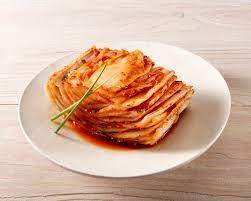
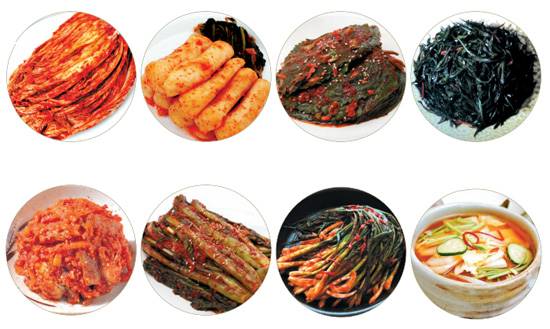
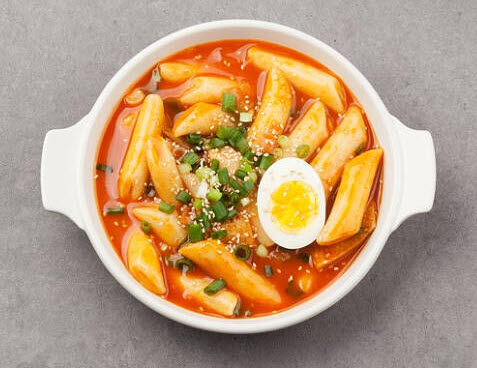
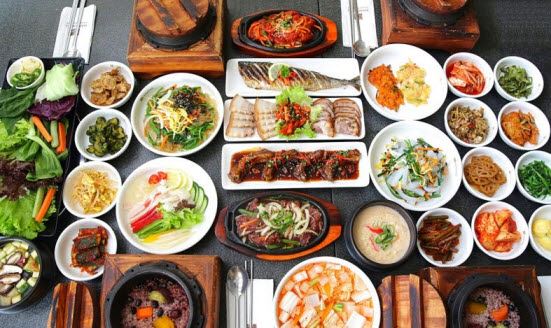
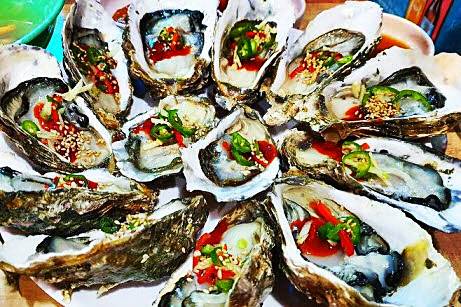


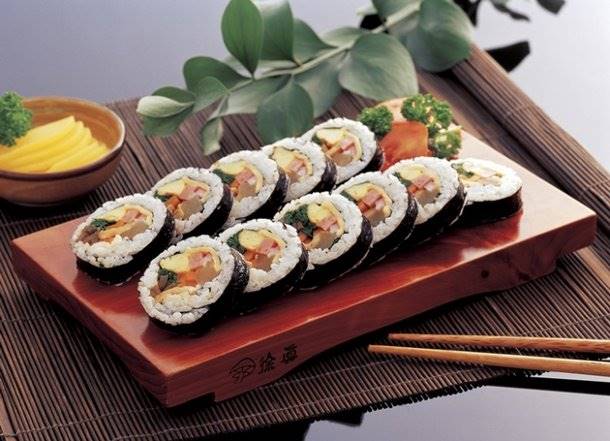
.jpg)
